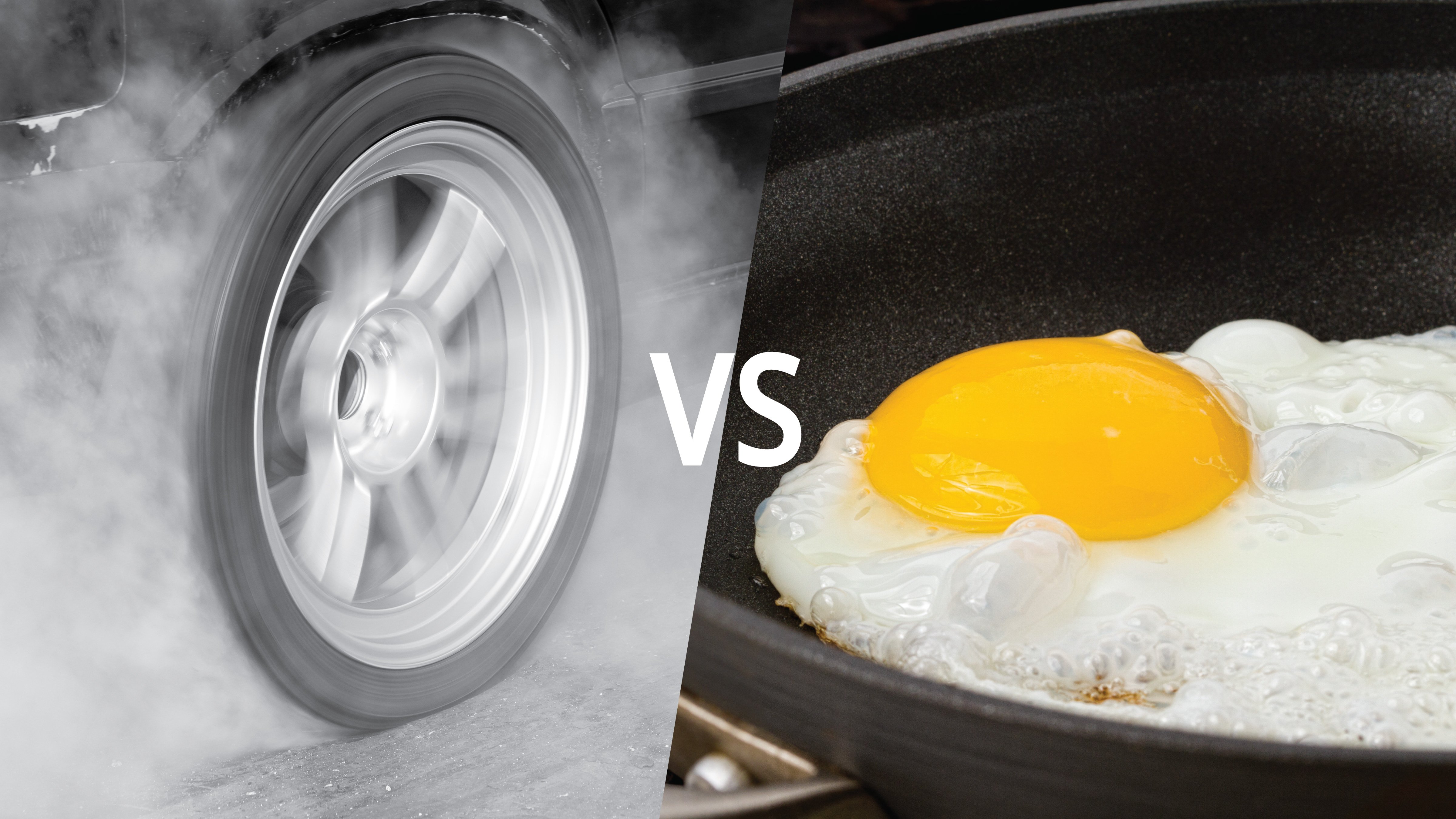Vibration vs. Hot-Plate Welding
We all love options – colors, cars, hobbies, music, and of course our favorite, plastic welding!
Let’s talk about a few of the differences between vibration and hot-plate welding that may help in discerning when to choose one over the other. Ah, but first we should briefly review the two welding processes.
Understanding the Processes
Vibration Welding: a frictional welding technique using transverse reciprocating motion controlled by the vibration welding machine. Melt occurs at the interface of the joint area of the plastic components clamped and ‘vibrated’ against one another. Once the joint area material is molten, the vibration motion stops and the clamping continues to complete the welding process.
Hot-Plate Welding: the process of welding two plastic parts together using a heated tooling plate. A weld rib or bead on each component is brought into contact with the hot plate. Heat conducts into the weld rib causing it to melt. The heated tool is then removed and the parts are pushed together until they bond to one another.
Comparing the Two Processes
A few of the significant areas to compare are material, size of components, geometry of weld surface, tooling, flash, and temperature control. This list could go on with many more considerations but we’ll stick (you’ll get the pun later) to these for now.
Material: both processes are highly effective with many thermoplastic materials with a highly notable exception being Nylon. Nylon material sticks to most heated tools and causes residual build-up over time requiring cleaning or significant maintenance of the heated tools when hot-plate welding. Vibration welding is a very effective means of welding Nylon.
Size of components: The larger parts get, the more difficult it can be to vibration weld them. However, there is virtually no size limitation to hot-plate welding.
Geometry: This characteristic can be summed up in two sections – contour and weld plane. In both sections, hot-plate welding has more flexibility. Vibration welding is limited to an approximately 10 degrees-from-flat weld plane and can only handle weld plane contours in one direction. Hot-plate welding is limited to an approximately 30 degrees-from-flat weld plane but can handle weld plane contours in any direction.
Tooling: Cost, complexity, and maintenance are the three keys comparing vibration and hot-plate welding. All three keys go to vibration welding as the winner. Vibration tools don’t require heated tooling which reduces cost, complexity, and maintenance.
Flash: There is a noticeable difference between the flash that usually is sharp and breaks off small particles in the vibration process versus the smooth, rounded bead with no particulate caused by the hot-plate weld process. This can be a significant factor depending on the function of your product.
Temperature Control: With the use of direct thermocouples on the heated tools of a hot-plate welder, direct and accurate melt temperature can be achieved with consistency. The vibration process relies on friction, and therefore measuring the melt temperature is very difficult.
Both vibration and hot-plate welding are widely used in large thermoplastic components that require high strength and/or hermetic welds.
We’d love to help you sort out your options when choosing the right welding process. We’re ready to chat, email, talk live on the phone or in person. Just use the contact form below to get in touch!
